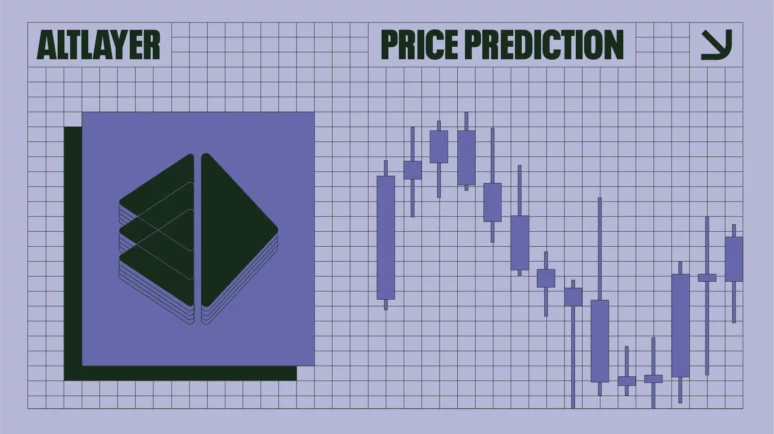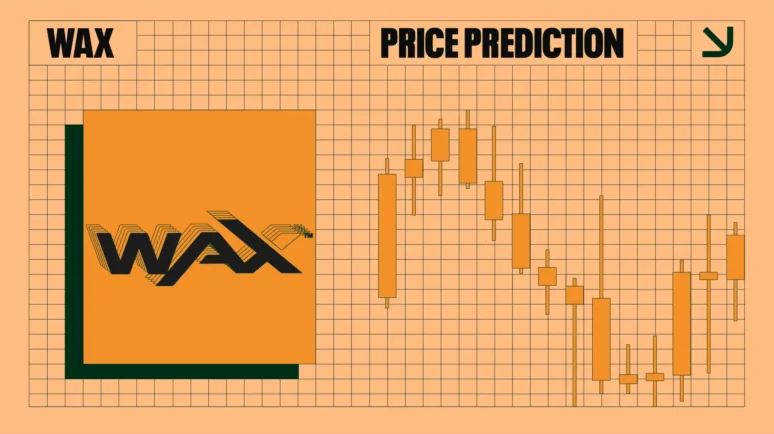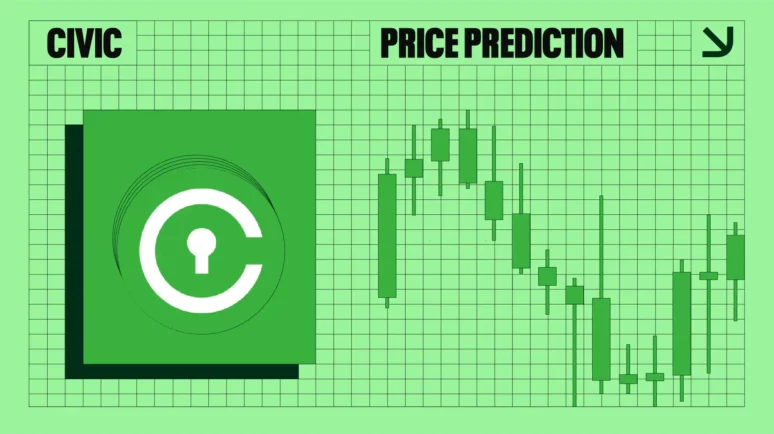Core Price Prediction 2024: Will CORE Maintain Rebound?

What's next for Core?
Key Takeaways
- Core’s CORE token debuted on the market in February 2023.
- The coin price dropped since then and only recently spiked.
- Can it continue its positive moment?
- One price prediction says it may reach $5.56 next year.
Core’s CORE price has neared its all-time high recently after the entire crypto world experienced a notable surge.
While CORE led the market, it continues to trade at over 60% below its all-time high. As the positive momentum regained strength after a short-lived decline, investors are grappling with a crucial question: will these tokens maintain their upward momentum, or are they due for short-term corrections?
Core did not immediately respond to a request for comment.
But what is Core (CORE)? How does Core work? Let’s see what we can find out, and also take a look at some of the Core Price Predictions that were being made as of April 18, 2024.
Core Coin Price Prediction
Let’s examine some of the Core price predictions being made on April 18, 2024. It is crucial to bear in mind that price forecasts, particularly for a potentially volatile asset like cryptocurrency, often turn out to be inaccurate. Additionally, please remember that many long-term crypto price predictions are generated using algorithms, which means they can change at any time.
| 2024 | 2025 | 2030 | |
|---|---|---|---|
| Prediction #1 | $4.73 | $5.56 | $16.15 |
| Prediction #2 | $3.25 | $4.78 | $29.97 |
| Prediction #3 | $2.40 | $3.60 | $24.56 |
First, CoinCodex had a short-term Core price prediction that suggested the token would go to $2.85 by April 23 before rising further to $7.14 by May 17. The site’s technical analysis was neutral, with 19 indicators sending bullish signals and eight making bearish ones.
Core Price Prediction for 2024
DigitalCoinPrice said Core would reach $4.73 this year while PricePrediction.net expects it at $3.25 and Changelly said CORE would close the year at $2.40.
Core Price Prediction for 2025
Changelly said Core would reach $3.60 and PricePrediction.net sees it at $4.78. DigitalCoinPrice said CORE would trade at $5.56.
Core Price Prediction for 2030
Moving on to a more long-term Core price prediction, PricePrediction.net said the coin would be worth $29.97 in 2030 and Changelly also expects it at $24.56. DigitalCoinPrice made a CORE price prediction of $16.15 at the start of the next decade.
Google Gemini AI Price Prediction for Core (as of April 18)
Google’s Gemini AI platform gave the following price prediction for Core on April 18. Please remember that the exact price prediction of an asset or cryptocurrency in the future is nearly impossible to achieve. Additionally, artificial intelligence price predictions are predicated on past performances and are in no way entirely accurate.
Short Term (Next three months)
- Expected price: $2.50
- Factors to Consider:
- Overall Crypto Market Performance: The general health of the cryptocurrency market significantly impacts individual coin prices, including Core.
- Core Developments and News: Any positive news or developments surrounding Core’s technology or adoption could influence its price.
- Trading Activity: Increased trading volume can lead to price fluctuations, so monitoring Core’s trading activity is crucial.
Medium Term (Next 6 months)
- Expected price: $3
- Factors to Consider:
- Overall Crypto Market Performance: The general health of the cryptocurrency market significantly impacts individual coin prices like Core.
- Core Developments and Adoption: If Core gains wider adoption or unveils significant updates, its price might rise.
- Regulations and News: Regulatory changes or negative news surrounding Core could affect its price negatively.
Long Term (Next 5 years)
- Expected price: $10
- Factors to Consider:
- Overall Crypto Market Performance: The health of the entire cryptocurrency market will significantly impact CORE’s price.
- Utility and Adoption of CORE: If CORE gains wider adoption beyond just being a memecoin and offers real-world utility, its price could rise.
- Strength and Growth of the CORE Community: A strong and active community can boost CORE’s value.
Recent Updates From Core
Core said it’s introducing non-custodial BTC staking: “Making BTC a yield-earning asset without leaving the Bitcoin network, for the first time in history.”
Core Price History
Let’s now take a look at some of the highlights and lowlights of the Core price history . While past performance should never be taken as an indicator of future results, knowing what the coin has done can help give us some very useful context when it comes to either making or interpreting an Core price prediction.

When Core first came onto the open market in February, 2023, it was worth $4.2575. It then dropped to under $0.50 since then, only jumping on April 2, 2024, at $3.20. The coin decreased again on April 14, reaching $1.3585, before rebounding to $2.07 on April 18, 2024.
At that time, there were 881.4 million CORE in circulation, out of a total supply of 2.10 billion. This gave Core a market cap of about $2.76 billion, making it the 45th largest crypto by that measurement.
Core Price Analysis

At its market launch, the price of CORE reached an all-time high of slightly over $5 on February 8, 2023. Since then, it has fallen, finding a bottom at $0.35 on September 17. After moving sideways, with a resistance of $1.20 it made a breakout in late March 2024
CORE spiked to $4.40 on April 2, increasing by over 700% since its March 20 low of $0.50. However, it then came crashing down by 75% to a low of $1 on April 12. A bounce from the previous resistance happened, with the price spiking to nearly $3.
Looking at the chart, it looks like after CORE reached its bottom, it started a bull phase.
If this is the case, we can expect this bullish price action to continue, although there could be a short-term downturn. The four-hour chart Relative Strength Index came to the overbought zone at 74% on the recent high, indicating that a reversal might take place.
With the price now being traded at $2, we will see if there is a potential for an upturn or if it will continue to slump further.
If it does break out, CORE could, potentially, reach a new all-time high above $5.
Is Core a Good Investment?
It is hard to say. The coin has been around for a relatively short time. On the horizon, there’s no clear bullish or bearish sign.
As ever with crypto, you will need to make sure you do your own research before deciding whether or not to invest in Core.
Will Core go up or down?
No one can really tell right now. While the Core crypto price predictions are largely positive, price predictions have a well-earned reputation for being wrong. Keep in mind, too, that prices can, and do, go down as well as up.
Should I invest in Core?
Before you decide whether or not to invest in Core, you will have to do your own research, not only on CORE, but on other, related, coins and tokens such as Ethereum (ETH) and Solana (SOL). Either way, you will also need to make sure that you never invest more money than you can afford to lose.
Who is the Founder of Core?
Core DAO was founded by a group of developers and contributors, including Brendon Sedo and CJ Reim, among many others who have not chosen to make their identities known at this time.
Who Owns the Most Core (CORE) Coins?
On April 18, 2024, one wallet held 38.10% of the supply of CORE.
Richest CORE Wallet Addresses
As of April 18, 2024, the five wallets with the most TIA were
- 0x0000000000000000000000000000000000001000. This wallet held 800,195,035 CORE, or 38.10% of the supply.
- 0x86053267656f1f10ae313f5c292ec7a643f94f52. This wallet held 351,500,002 CORE, or 16.74% of the supply.
- 0x307328448396c925bbc671944285547619e21838. This wallet held 226,000,000 CORE, or 10.76% of the supply.
- 0xedd120cbbdd456ddafd75f8c1a0ac79298916de0. This wallet held 142,481,669 CORE, or 6.78% of the supply.
- 0x242d3de5ca68866dcd3c67d9a17b119a819c64dd. This wallet also held 118,609,169 CORE, or 5.65% of the supply.
Fact Box
| Supply and Distribution | Figures |
|---|---|
| Maximum supply | 2,100,000,000 |
| Circulating supply (as of April 15, 2024) | 881,376,069 (42% of total supply) |
| Holder distribution | Top 10 holders owned 96% of total supply, as of April 15, 2024. |
From the Whitepaper
In its technical documentation, or whitepaper , Core says Core Chain is a decentralized, secure, and scalable blockchain network backed by Bitcoin’s PoW.
“Core Chain is designed to (a) unlock Bitcoin’s protection by enabling Bitcoin miners to delegate their security to an EVM-compatible smart contract platform and allowing holders of BTC to stake on Core Chain without giving up custody, and (b) subsidize Bitcoin mining by providing CORE token rewards to Bitcoin miners that require virtually no added expense or opportunity cost. While Bitcoin serves as the defender of a perfectly scarce, passive monetary asset, Core Chain is designed to be the decentralized rails upon which digital assets gain substantial utility.”
Core (CORE) Explained
Core is a blockchain that uses the advantages of Bitcoin’s proof of work network and the attributes of a delegated proof of stake consensus mechanism in an attempt to achieve a network that is secure, decentralized, and scalable all at once.
How CORE Works
The Core network is a blockchain meant to maximize security, scalability, and decentralization by employing the use of its consensus mechanism called Satoshi Plus. True to its name, Satoshi Plus leverages the upsides of the PoW framework of the Bitcoin network, as well as taking advantage of powers granted by the newer, more scalable DPoS model of network consensus.
This blockchain is also called ‘Turing-complete’, meaning that, given enough time, it can solve any computational problem. In practice, this means developers can build more complex applications.
Core Attention Tracker

Here is a chart for the Core Google search volume for the past 90 days. This represents how many times the term “Core CORE” has been Googled over the previous 90 days.
FAQs
Will CORE reach $10?
According to main price predictions, it will reach a double-figure value in 2027.
What is Core?
Core is a new blockchain that leverages the advantages of Bitcoin’s proof of work network and the attributes of a delegated proof of stake consensus mechanism to achieve a network that is secure, decentralized, and scalable all at once.
Disclaimer
Please note that the contents of this article are not financial or investing advice. The information provided in this article is the author’s opinion only and should not be considered as offering trading or investing recommendations. We do not make any warranties about the completeness, reliability and accuracy of this information. The cryptocurrency market suffers from high volatility and occasional arbitrary movements. Any investor, trader, or regular crypto users should research multiple viewpoints and be familiar with all local regulations before committing to an investment.


